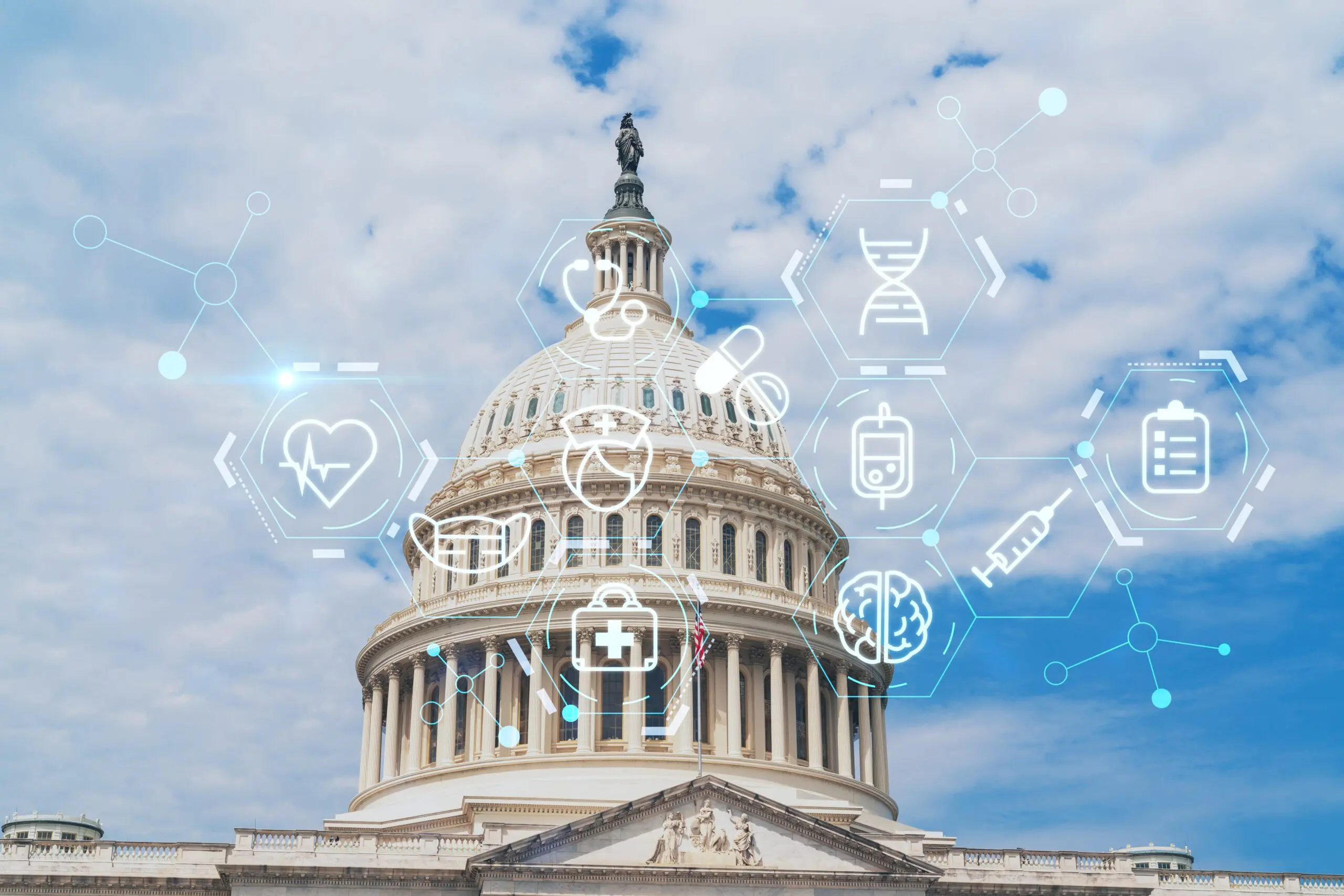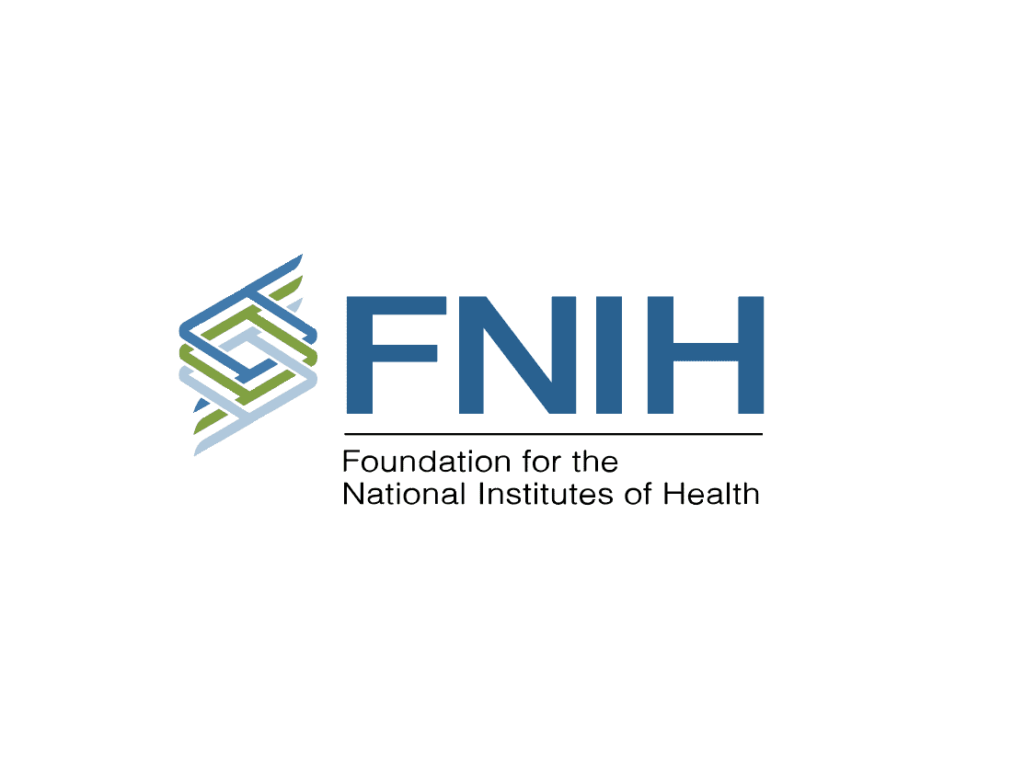

Health Care Appropriations FY2025
By: Allen Pinn, Policy Coordinator
As we approach the homestretch of the 118th Congress, the appropriations process for fiscal year 2025 has recently picked up steam. The fiscal year technically begins October 1, 2024, but it is likely that the process of setting funding levels will extend past the election or possibly into the next calendar year. On June 26, the House Appropriations Committee released their first iteration of the Labor, Health and Human Services, Education, and Related Agencies Subcommittee Act of 2025. The bill makes significant cuts to health care related programs compared to current levels. The House bill would defund the Agency for Healthcare Research and Quality and significantly cut funding for the Centers for Disease Control and Prevention and the Health Resources and Services Administration, while maintaining funding for substance abuse and mental health programs at 2024 levels. The bill also includes several policy provisions beyond the funding decisions in the bill. Many are problematic for the patient community including prohibition on funding to implement:
- Section 1557 of the Affordable Care Act prohibiting discrimination in health care settings.
- Executive Order 13985, a rule in place to advance racial equity and support underserved communities through a comprehensive federal government approach.
- A rule to protect patients from short-term, limited-duration insurance.
- A rule to increase Medicaid access.
- Any vaccine requirements in Medicare or Medicaid.
- COVID vaccine requirements and mask mandates.
Overall, the Act allocates $185.8 billion towards the above-mentioned agencies, a 4% cut from current funding levels.
While the House version of the legislation passed out of the Subcommittee along party lines, it must still be voted on by the Full Committee and the full House. The House bill is just the first step in the process. The Senate Appropriations committee is still negotiating their version of the 2025 funding legislation and is expected to release their proposal, which will include higher funding totals than the House and not include many of the above riders, soon.
Below is a summary of funding highlights from the House bill:
Centers for Disease Control and Prevention
Under the proposed legislation, the CDC’s funding would be reduced to $7.4 billion, which is a 22% decline from FY2024. The proposed legislation would also eliminate programs targeted at teenage pregnancy prevention, global HIV prevention, climate change, and gun research.
National Institutes of Health
The bill would allocate $48 billion to the National Institutes of Health (NIH), which is equal to FY2024 spending levels. However, the House also proposes “the largest restructuring of the NIH in a generation,” which would equate to consolidating 27 centers into 15. The legislation also emphasizes supporting basic biomedical research into Alzheimer’s disease, cancers, and other chronic diseases.
Other Notable Areas
While the legislation proposes significant cuts, multiple areas also saw increased funding proposals from FY2024 levels including:
- National Center for Emerging and Zoonotic Infectious Diseases
- $20.5 million increase (2.9%)
- Substance Abuse and Mental Health Services Administration (SAMHSA)
- $500 million increase (1.35%)
- Administration for Strategic Preparedness and Response
- $3 million increase (0.83%)


